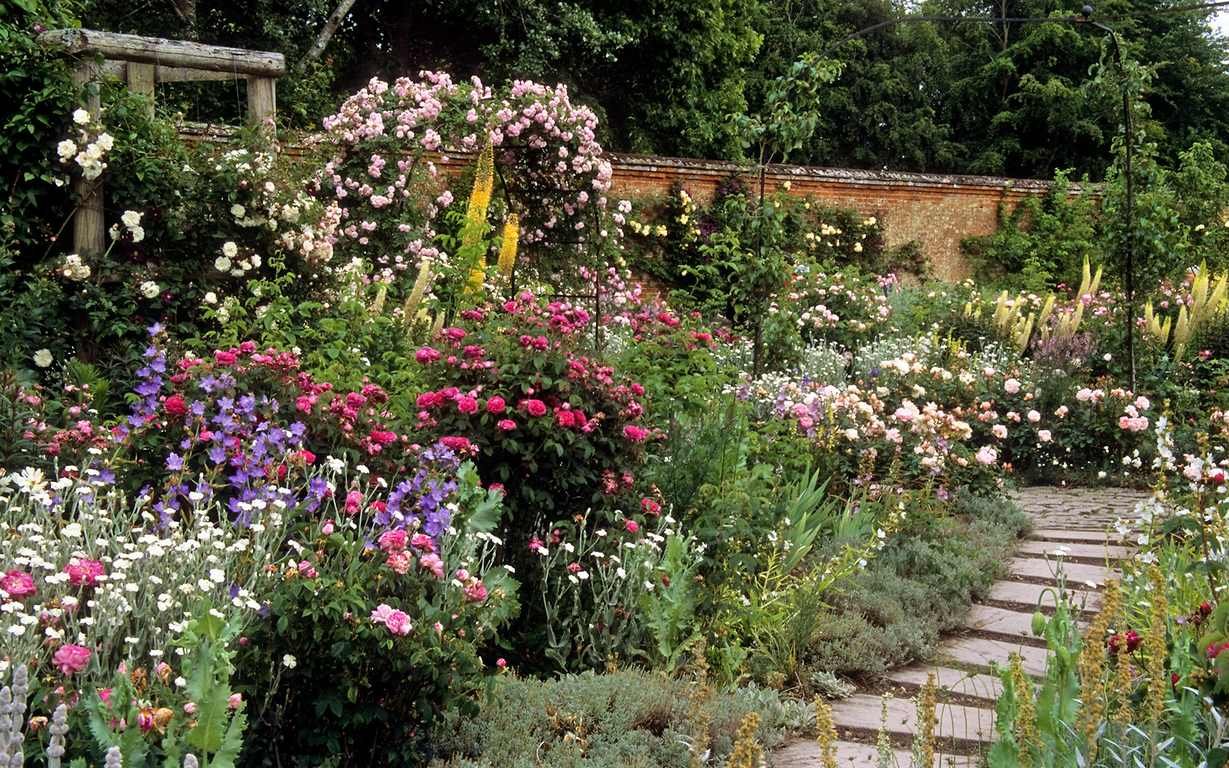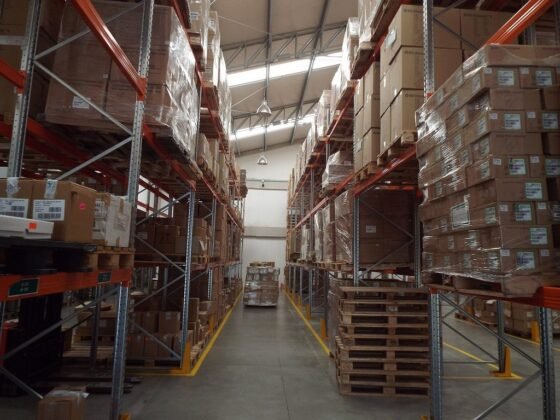Table of Contents Show
When it comes to flower gardens, choosing the right flowers to grow is vital and yet, plant choice is not an easy task.
Flower selection should revolve around many external factors like growing conditions, local climate, soil type, garden size, and more.

All these factors play a major role in the longevity, aesthetics, and overall well-being of your outdoor space.
So, if you are looking for advice on how to choose the best flowers for your garden, this step-by-step guide will help you.
Why is Choosing the Right Flowers Important?
Flowers selection can make or break your garden both from a visual and plant health perspective. Going for random greens and blooming plants implies you haven’t done your homework on what can grow in your garden.
For instance, each flower species has specific preferences for soil type, sun exposure, and weather.
Therefore, if your backyard cannot sustain certain conditions, the flowers will barely develop, end up malnourished, and do anything but flourish.
That is why it is essential to only accommodate plant varieties that have the potential to thrive in the existing garden environment.
Hiring a professional gardening service, making a landscaping plan, and sticking to a flower planting scheme are great ways to ensure the prosperity of any new flowers.
What Steps to Follow?
Know your Garden Size
The initial step towards choosing the best flowers for your garden is to make scalable decisions. That means you need to calculate the available space first.
Get a measuring tool to determine the size of your garden and the areas viable for planting flowers.
Knowing the size of your plot will help you make wiser flower choices in terms of evaluating what plants you can fit in the designated planting area.
In addition, you will figure out where to situate flower beds, borders, as well as how much space you can spare for a lawn, patio, outdoor furniture, and other garden areas.
Soil Type
Each flower variety has its specific preferences when it comes to soil type, nutrition, and acidity. Meeting the soil needs of the greens is of high importance when growing a flower garden.
One of the vital steps you need to take before selecting flowers is to do a pH soil test. While some plants thrive in acidic soil, others prefer pH neutral or alkaline soil.
That information could be found on the specific flower tag or label. So, either you need to consider it or manually amend the soil acidity in your garden beds accordingly.
Another thing to look out for is the soil type. The consistency and texture will reveal more about the nutrition and drainage properties of the soil in your garden. Once you know that, you can explore the best flower matches for your garden soil.
Read Also:
Garden Climate
Weather conditions and local climate should be a top priority factor when choosing garden flowers. Why? Because while the soil can be amended, there are very few things you can do to tame the forces of nature in your area.
The climate needs of garden plants should not be deemed unimportant. Temperature, humidity, wind, and rain are elements that should not be overlooked in plant selection.
For example, if you want to grow a flower that likes drought and higher temperatures but you live in a cold rainy area, that would be a tough task.
Know the Sunny and Hottest Spots
The next step is to inspect your garden and its position. Observe where the shade is partial, where it is constant, and where the sunny spots of your garden are.
Different plants require different sun exposure, so you need this information to make the right flower choice.
Arrange your flowers around your garden according to their daily sun tolerance:
- Full sun (6 or more hours of direct sunlight)
- Part shade (4 to 6 hours of sunlight)
- Shade
Every flower label contains details about sun/shade needs. Planting the right plant at the right place will save you a lot of headaches in the future.
Consider a Planting Scheme
Once you know what direction the plants will be facing, you can make even smarter choices and consider a planting scheme.
If your garden is North-facing go for shade-loving perennial plants. If it is South-facing then choose greens that love afternoon sun. And if your garden is facing East or West then you have a good spot for sun-loving flowers.
Think About Garden Visitors
By garden visitors, we mean outdoor pets and pests like foxes, rabbits, insects, etc.
The types of unwanted guests could potentially inhabit your garden and gladly dig up and consume your plants.
With that in mind, you need to make sure to put up fencing, consider mulching or take any other relevant measure to protect your garden from local pests.
There are also garden visitors like domesticated cats and dogs. For their health and safety, you need to research and buy pet-safe flowers, as some flower species are deemed poisonous.
Korgardens’ perennial nursery specializes in unique and perennial plants nz, you can see them by appointment or place an order online right now!










